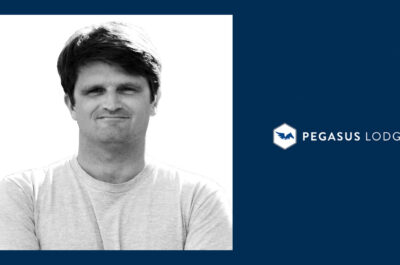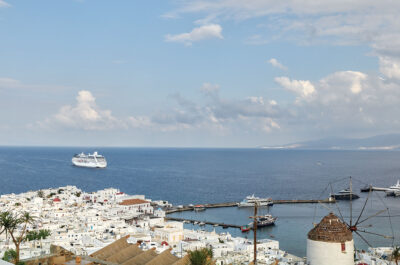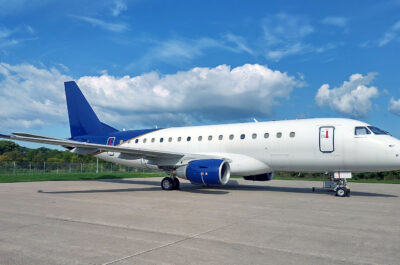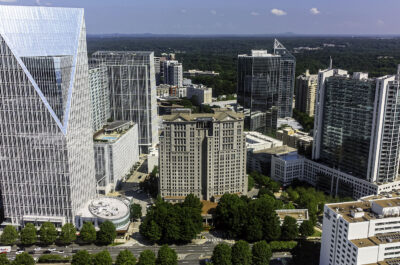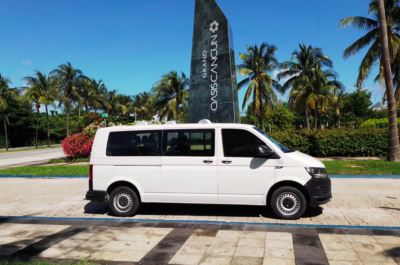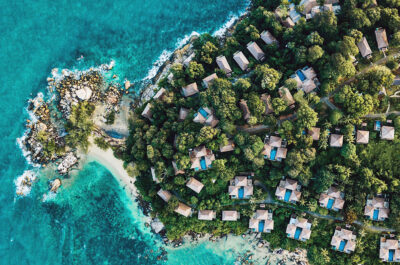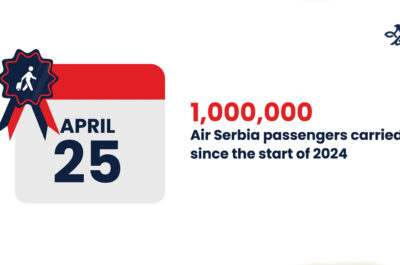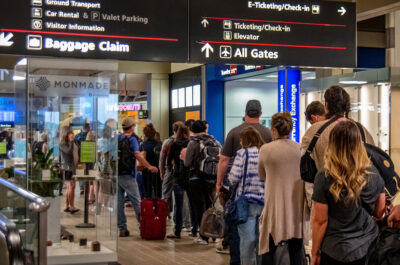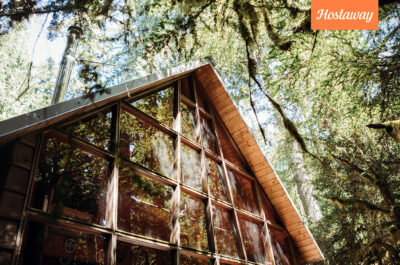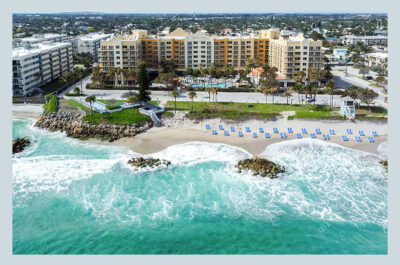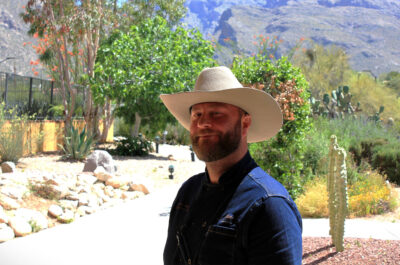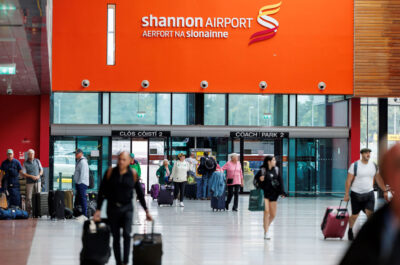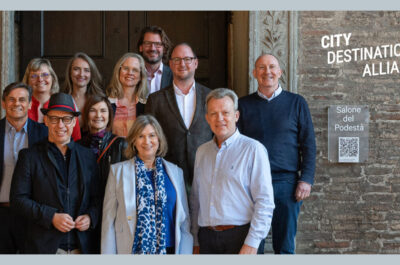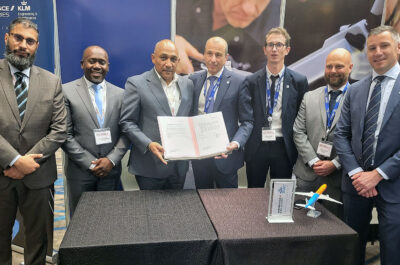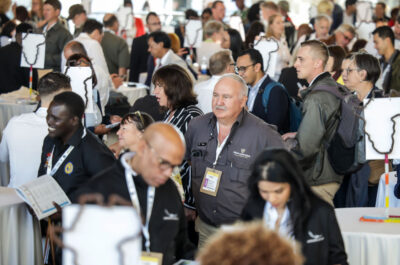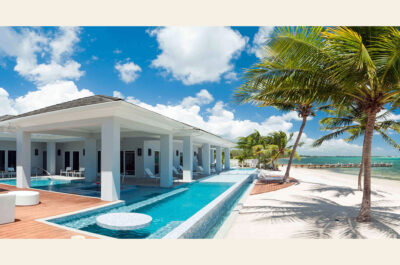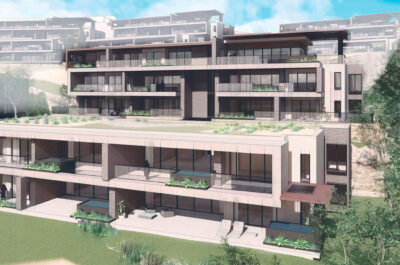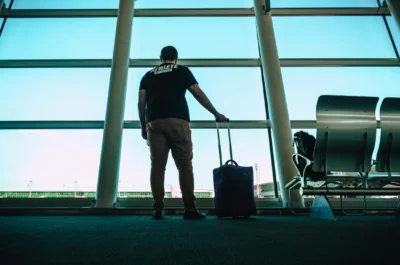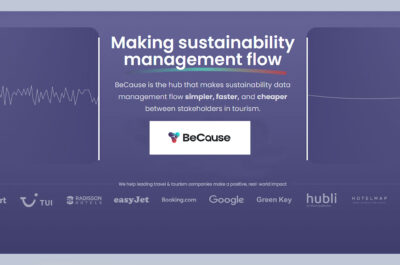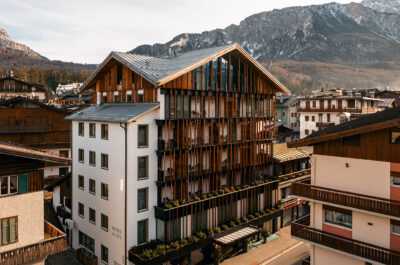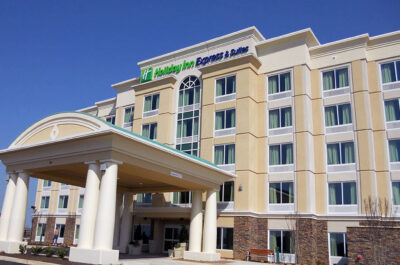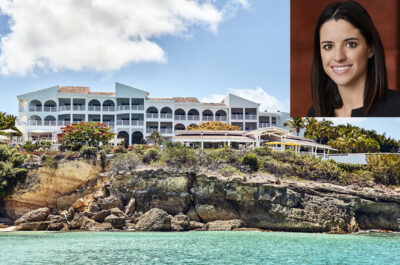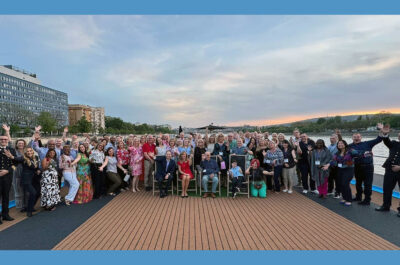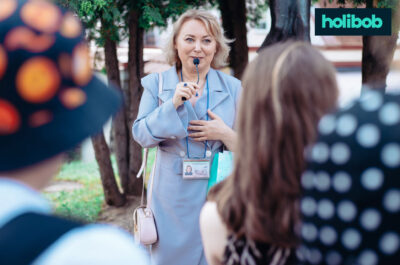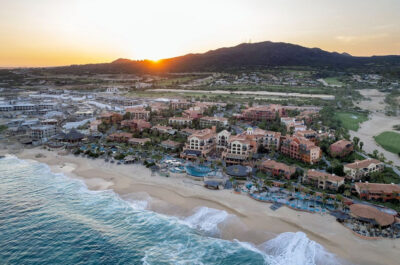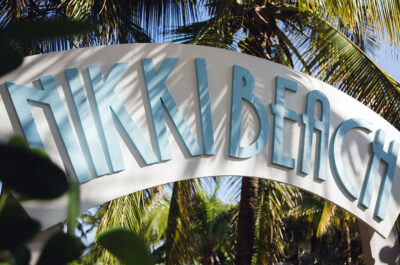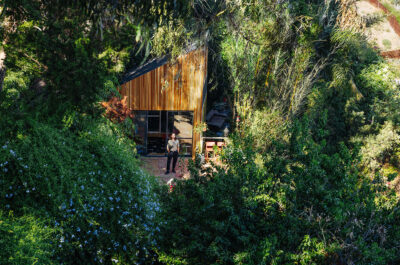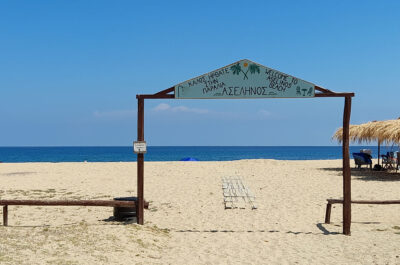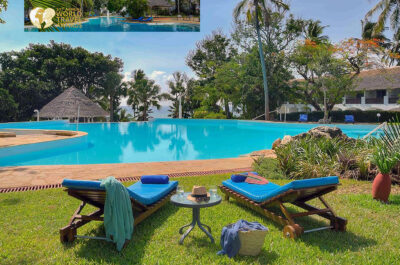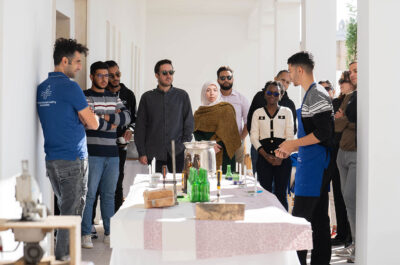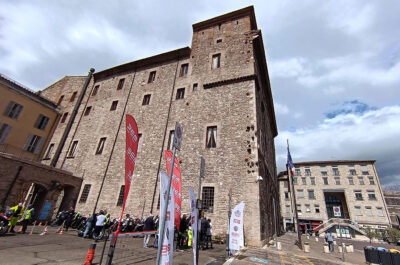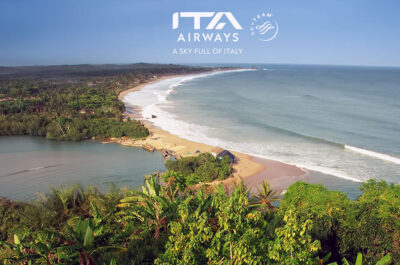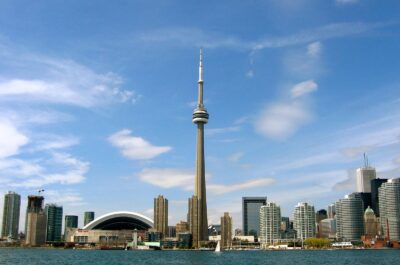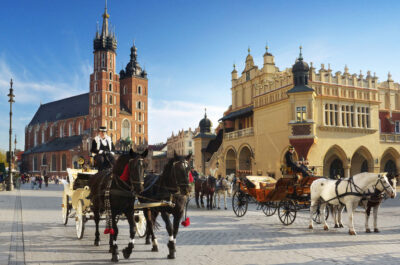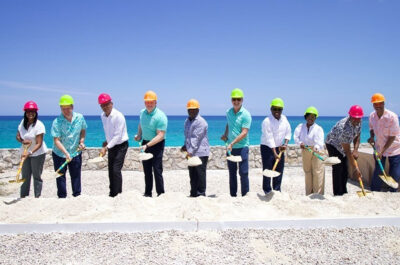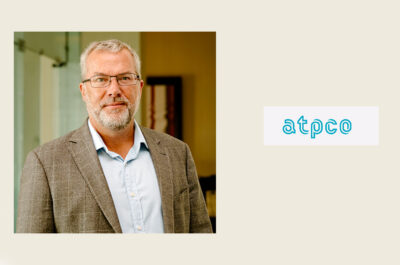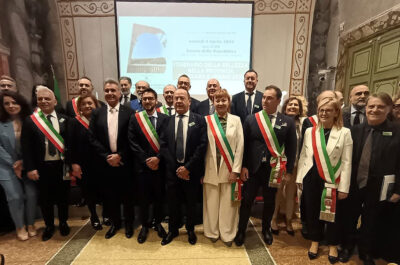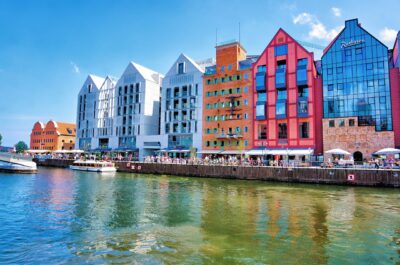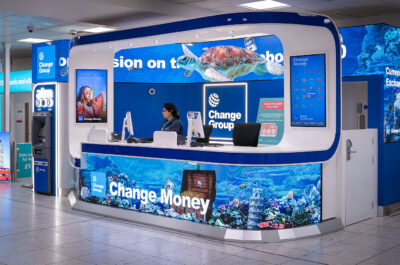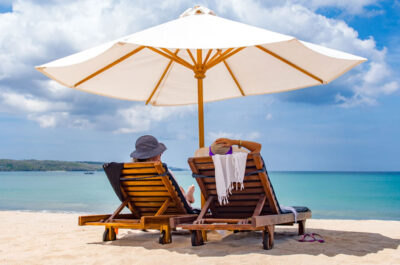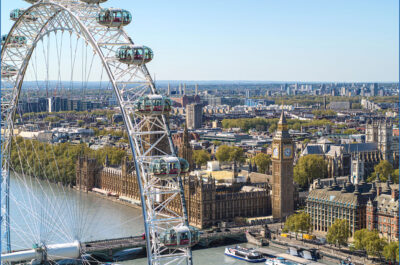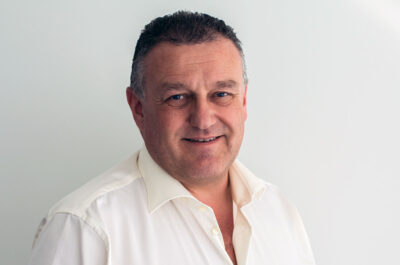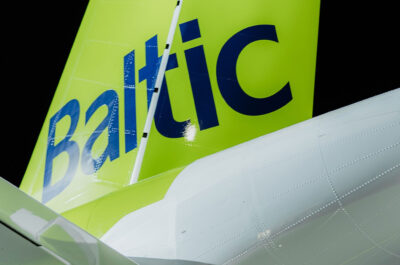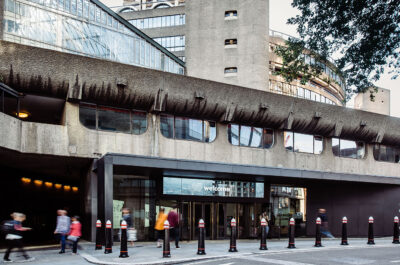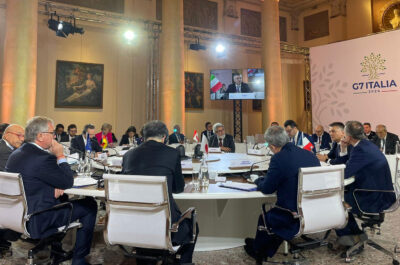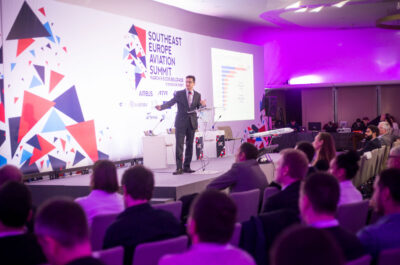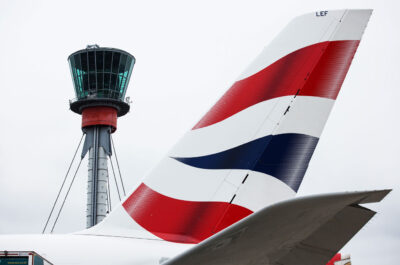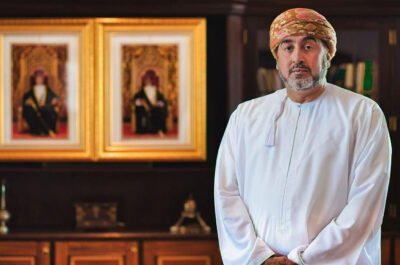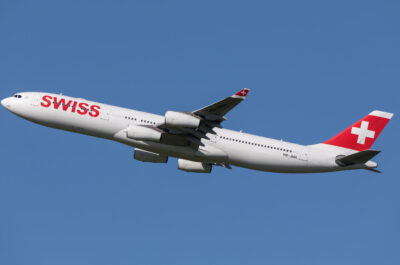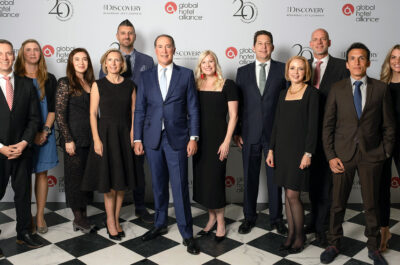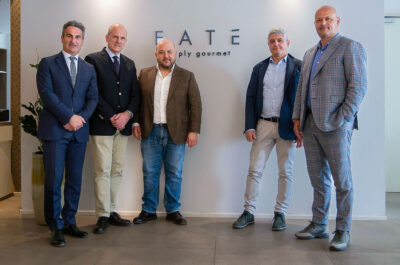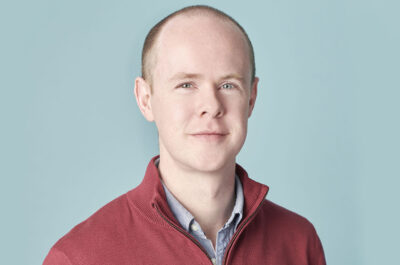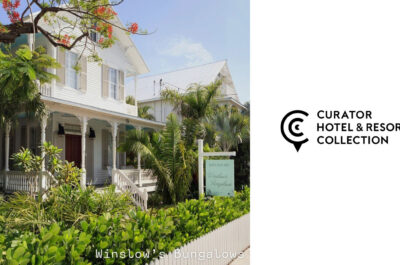Golf specialist, John Wade of golf course contractor S&G Limited of the UK, arrived in Athens recently to try and pressure Greece`s public tourism leaders to adopt a new concept for
Since one of the main problems of setting up courses here in Greece was the lack of large tracts of land, the director at the Hellenic Tourism Organization embraced the idea wholeheartedly and said he could see no reason the government would not subsidize such projects to the tune of 40% of the cost.
With this concept, says Mr. Wade, you need only six acres of property instead of the 20 acres, for a conventional course.
He adds that Golf Courts could bring real golf to areas and locations that would otherwise miss out on the game. Another great thing, he says, is that a Golf Court allows you to squeeze in a round of golf in an hour instead of the four or five hours it takes for a full round. And because the court can be floodlit, an owner can rent out the court 24 hours a day.
Although the concept is a stroke of genius, it will be up to the private sector here to grab unto the idea. The Greek civil service is not renowned for quick action. Even government-approved and sought-after tourism investment projects become buried in deep bureaucracy. A prime example is the Cavo Sidero golf resort project on Crete: After eight years, the projects creator, Loyalward of the UK, still awaits the required permits to start work on the 500-million-pound-sterling project.
To pressure government to faster action, golf resort specialists recently hosted the 2nd World Golf Tourism Congress in Athens. And although the event clearly displayed the vital role golf resorts play in enticing well-off tourists year round, it`s doubtful any civil services changes will occur because of it.
However, Loyalward`s Tim Hill says he now sees some very positive efforts coming from the various government sectors regarding the required permits.
State officials and civil service executives have known for a long time now that golf is ideal for Greek tourism: The development of golf in Greece constitutes a firm aim of our tourism policy, echoes the Hellenic Tourism Organization`s (EOT) newest secretary general, Evgenios Yiannakopoulos, as did most of his predecessors.
Kostas Katsiyiannis, EOT`s tourism development director, says golf as an attractive element to tourism was recognized by the Greek state many, many years ago. (EOT constructed the country`s first golf course at Glyfada during the early 1960s, and the government`s first reference to the advantages of golf in relation to tourism was recorded in 1924.)
More recently, Nikos Skoulas, the previous secretary general of the Hellenic Tourism Organization, said during a 2-day golf conference held in Chalkidiki in late 1997 that Greece must create more than 30 golf courses within the next three years. The basic procedures required for (the planning of) most of these have already begun, he had said.
A dozen or more ideal areas for golf development were shown to the members of the PGA (Professional Golfers Association) Golf Management group that attended that seminar. While all have great potential, they said, one in particular could become the world`s exceptional course. But as far as discussions with potential investors here, we have yet to pass the introduction stage.
A golf course development could cost as little as 500 million drachmas or as much as 10 billion drachmas, according to the association, and profit could depend on auxiliary units rather than the course itself.
One positive feature for Greece is its tourism industry, which allows for a resort-type complex, says the association. The golf course could keep the resort open two extra months a in the spring and two in the fall.
Golf alone, however, could bring a 10 to 15% return. Investors know that only four people at most could use a course every eight minutes at an average price of $120 per player (about $6.2 million a year). But it`s the added services that count.
Also, there`s the 40% incentive offered by the Greek state for development, which is enticing, and a golf course could be tied to a leisure-type country club, complete with annual membership fees.
Another idea is debentures in memberships where large international companies pay as much as a million dollars for such memberships, which simply mean their selected executives get guaranteed time at the course in question. The PGA executives, who have endorsed the golf court concept, are adamant that golf in Greece has tremendous potential if courses could copy the U.S. concept of a country club where families pay annual fees for a combination of golf and leisure activities.
S&G`s Mr. Wade says his company is ready to work with Greek investors to create three new golf courses in the very near future, and is very enthusiastic about the potential of golf courts for Greece.
Mr. Wade, who has been pushing golf in Greece for almost a decade now, says he will work with Greek architect Timotheos Georgakopoulos and other local specialists to form a company here called Hellenic British Golf. The new company will build up and promote the concept of golf tourism in Greece. The first step will be a seminar on golf sometime this September at the Glyfada Golf Club.
According to this year`s conference data, there are more than 55 million serious golfers in the world today. To accommodate the continual rise in the number of players, during the last decade an average of 240 new golf courses annually were created in America and some 180 annually within Europe.
As well, most golfers are well off financially with 13% of the richest people in the European Union being serious golfers.
Europe has at least three million golfers, one-third of which are from the UK. Each golfer spends an average of $200 per day while on a golfing vacation, which averages four days, according to Hellenic Tourism Organization`s (EOT). Golf tourism, then, could reach $4 billion annually.
Europe boasts more than 5,400 courses. Greece has four 18-hole courses and a 9-hole course, which was recently opened at Porto Elounda on Crete. The country now has about 1,230 domestic players, according to the European Golf Association. About 800 of these are male, 150 female and 280 under age 16. Another 25,000 are interested in the game, say local specialists.
…
Golf specialist, John Wade of golf course contractor S&G Limited of the UK, arrived in Athens recently to try and pressure Greece`s public tourism leaders to adopt a new concept for
Since one of the main problems of setting up courses here in Greece was the lack of large tracts of land, the director at the Hellenic Tourism Organization embraced the idea wholeheartedly and said he could see no reason the government would not subsidize such projects to the tune of 40% of the cost.
With this concept, says Mr. Wade, you need only six acres of property instead of the 20 acres, for a conventional course.
He adds that Golf Courts could bring real golf to areas and locations that would otherwise miss out on the game. Another great thing, he says, is that a Golf Court allows you to squeeze in a round of golf in an hour instead of the four or five hours it takes for a full round. And because the court can be floodlit, an owner can rent out the court 24 hours a day.
Although the concept is a stroke of genius, it will be up to the private sector here to grab unto the idea. The Greek civil service is not renowned for quick action. Even government-approved and sought-after tourism investment projects become buried in deep bureaucracy. A prime example is the Cavo Sidero golf resort project on Crete: After eight years, the projects creator, Loyalward of the UK, still awaits the required permits to start work on the 500-million-pound-sterling project.
To pressure government to faster action, golf resort specialists recently hosted the 2nd World Golf Tourism Congress in Athens. And although the event clearly displayed the vital role golf resorts play in enticing well-off tourists year round, it`s doubtful any civil services changes will occur because of it.
However, Loyalward`s Tim Hill says he now sees some very positive efforts coming from the various government sectors regarding the required permits.
State officials and civil service executives have known for a long time now that golf is ideal for Greek tourism: The development of golf in Greece constitutes a firm aim of our tourism policy, echoes the Hellenic Tourism Organization`s (EOT) newest secretary general, Evgenios Yiannakopoulos, as did most of his predecessors.
Kostas Katsiyiannis, EOT`s tourism development director, says golf as an attractive element to tourism was recognized by the Greek state many, many years ago. (EOT constructed the country`s first golf course at Glyfada during the early 1960s, and the government`s first reference to the advantages of golf in relation to tourism was recorded in 1924.)
More recently, Nikos Skoulas, the previous secretary general of the Hellenic Tourism Organization, said during a 2-day golf conference held in Chalkidiki in late 1997 that Greece must create more than 30 golf courses within the next three years. The basic procedures required for (the planning of) most of these have already begun, he had said.
A dozen or more ideal areas for golf development were shown to the members of the PGA (Professional Golfers Association) Golf Management group that attended that seminar. While all have great potential, they said, one in particular could become the world`s exceptional course. But as far as discussions with potential investors here, we have yet to pass the introduction stage.
A golf course development could cost as little as 500 million drachmas or as much as 10 billion drachmas, according to the association, and profit could depend on auxiliary units rather than the course itself.
One positive feature for Greece is its tourism industry, which allows for a resort-type complex, says the association. The golf course could keep the resort open two extra months a in the spring and two in the fall.
Golf alone, however, could bring a 10 to 15% return. Investors know that only four people at most could use a course every eight minutes at an average price of $120 per player (about $6.2 million a year). But it`s the added services that count.
Also, there`s the 40% incentive offered by the Greek state for development, which is enticing, and a golf course could be tied to a leisure-type country club, complete with annual membership fees.
Another idea is debentures in memberships where large international companies pay as much as a million dollars for such memberships, which simply mean their selected executives get guaranteed time at the course in question. The PGA executives, who have endorsed the golf court concept, are adamant that golf in Greece has tremendous potential if courses could copy the U.S. concept of a country club where families pay annual fees for a combination of golf and leisure activities.
S&G`s Mr. Wade says his company is ready to work with Greek investors to create three new golf courses in the very near future, and is very enthusiastic about the potential of golf courts for Greece.
Mr. Wade, who has been pushing golf in Greece for almost a decade now, says he will work with Greek architect Timotheos Georgakopoulos and other local specialists to form a company here called Hellenic British Golf. The new company will build up and promote the concept of golf tourism in Greece. The first step will be a seminar on golf sometime this September at the Glyfada Golf Club.
According to this year`s conference data, there are more than 55 million serious golfers in the world today. To accommodate the continual rise in the number of players, during the last decade an average of 240 new golf courses annually were created in America and some 180 annually within Europe.
As well, most golfers are well off financially with 13% of the richest people in the European Union being serious golfers.
Europe has at least three million golfers, one-third of which are from the UK. Each golfer spends an average of $200 per day while on a golfing vacation, which averages four days, according to Hellenic Tourism Organization`s (EOT). Golf tourism, then, could reach $4 billion annually.
Europe boasts more than 5,400 courses. Greece has four 18-hole courses and a 9-hole course, which was recently opened at Porto Elounda on Crete. The country now has about 1,230 domestic players, according to the European Golf Association. About 800 of these are male, 150 female and 280 under age 16. Another 25,000 are interested in the game, say local specialists.
Theodore is the Co-Founder and Managing Editor of TravelDailyNews Media Network; his responsibilities include business development and planning for TravelDailyNews long-term opportunities.














